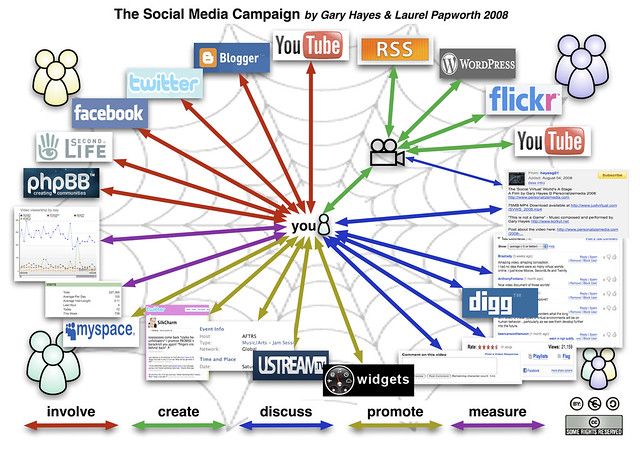 Science Codex | An international research team has discovered a strain of gonorrhea resistant to all currently available antibiotics. This new strain is likely to transform a common and once easily treatable infection into a global threat to public health. The details of the discovery made by Dr. Magnus Unemo, Dr. Makoto Ohnishi, and colleagues will be presented at the 19th conference of the International Society for Sexually Transmitted Disease Research (ISSTDR) which runs July 10-13 in Quebec City, Canada.
Science Codex | An international research team has discovered a strain of gonorrhea resistant to all currently available antibiotics. This new strain is likely to transform a common and once easily treatable infection into a global threat to public health. The details of the discovery made by Dr. Magnus Unemo, Dr. Makoto Ohnishi, and colleagues will be presented at the 19th conference of the International Society for Sexually Transmitted Disease Research (ISSTDR) which runs July 10-13 in Quebec City, Canada.The team of researchers successfully identified a heretofore unknown variant of the bacterium that causes gonorrhea, Neisseria gonorrhoeae. Analyzing this new strain, dubbed H041, allowed researchers to identify the genetic mutations responsible for the bacterium's extreme resistance to all cephalosporin-class antibiotics—the last remaining drugs still effective in treating gonorrhea.
"This is both an alarming and a predictable discovery," noted Dr. Unemo of the Swedish Reference Laboratory for Pathogenic Neisseria. "Since antibiotics became the standard treatment for gonorrhea in the 1940s, this bacterium has shown a remarkable capacity to develop resistance mechanisms to all drugs introduced to control it."
"While it is still too early to assess if this new strain has become widespread, the history of newly emergent resistance in the bacterium suggests that it may spread rapidly unless new drugs and effective treatment programs are developed," Dr. Unemo continued.
Gonorrhea is one of the most common sexually transmitted diseases in the world. In the U.S. alone, according to the Center for Disease Control and Prevention (CDC), the number of cases is estimated at 700,000 annually.
Gonorrhea is asymptomatic in about 50% of infected women and approximately 2-5% of men. When symptomatic, it is characterized by a burning sensation when urinating and pus discharge from the genitals. If left untreated, gonorrhea can lead to serious and irreversible health complications in both women and men.
In women, the infection can cause chronic pelvic pain and ectopic pregnancy. It can lead to infertility, mostly in women but also in men, and it increases the risk of HIV transmission. In 3-4% of cases, untreated infections spread to the skin, blood, joints, or even the heart and can cause potentially mortal lesions. Babies born of infected mothers are at high risk of developing serious blood and joint infections, and passage through the birth canal of an infected mother can cause blindness in the infant.











